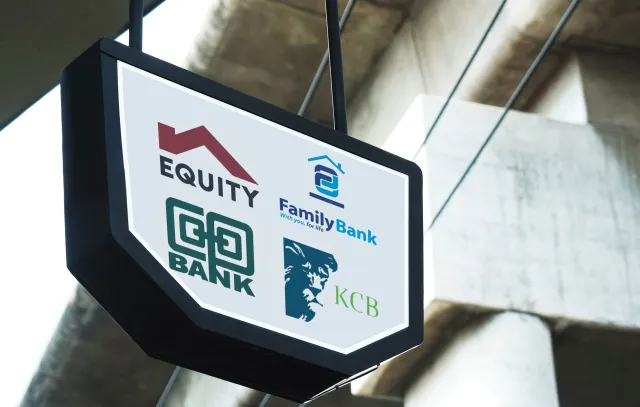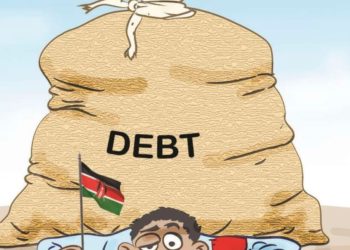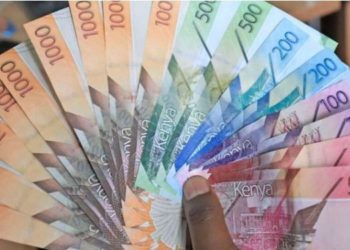The latest Cytonn report that tracks the performance of Kenya banks reinforces a marked increase in Non-Performing Loans (NPL) during the third quarter of 2023.
The market-weighted average gross NPL ratio escalated from 12.2% in Q3’2022 to 13.1% in Q3’2023, indicating a deterioration in asset quality and raising concerns about the country’s economic outlook, in contrast to the ten-year average of 11.1%.
Prominent banks, including Equity Group, ABSA Bank Kenya, HF Group, I&M Holdings, and Coop Bank, experienced a significant decline in their asset quality. Equity Group, in particular, witnessed a substantial increase in its NPL ratio, soaring from 9.5% in Q3’2022 to 13.6% in Q3’2023.
Equally alarming is the decline in the market-weighted average NPL coverage, a metric reflecting a listed bank’s capacity to absorb potential losses from bad loans. It decreased from 67.8% in Q3’2022 to 62.0% in Q3’2023, mainly influenced by diminished ratios reported by I&M Holdings, ABSA Bank, Equity Group, NCBA Group, Co-operative Bank, and HF Group of Kenya.
Despite the concerning trend, some banks managed to strengthen their NPL coverage ratios. KCB Group, Diamond Trust Bank, and Stanbic Bank, notably, exhibited increases of 9.3% points, 3.4% points, and 3.0% points, reaching 62.1%, 48.7%, and 66.3% in Q3’2023, respectively.
The rise in NPLs and the decrease in NPL coverage ratios among key banks in Kenya cast a shadow over the lending landscape. A higher NPL ratio suggests elevated credit risk and potential loan defaults, impacting a bank’s financial health and lending capability.
For Kenya’s business environment, this implies a potential tightening of credit availability and higher borrowing costs. Elevated risks may lead banks to exercise caution in lending, posing challenges for businesses seeking financing for expansion, investments, or daily operations. This could impede economic growth and hinder entrepreneurial efforts for both established firms and startups.
In response to these challenges, regulatory bodies and banking institutions should collaborate closely to mitigate risks. Strengthening risk management frameworks, improving credit assessment procedures, and promoting an environment conducive to responsible borrowing and lending practices are crucial in navigating these challenging times.
As the Kenyan banking sector grapples with heightened lending risks, stakeholders must take proactive measures to stabilize the financial landscape and ensure sustainable economic growth in the years ahead.
















